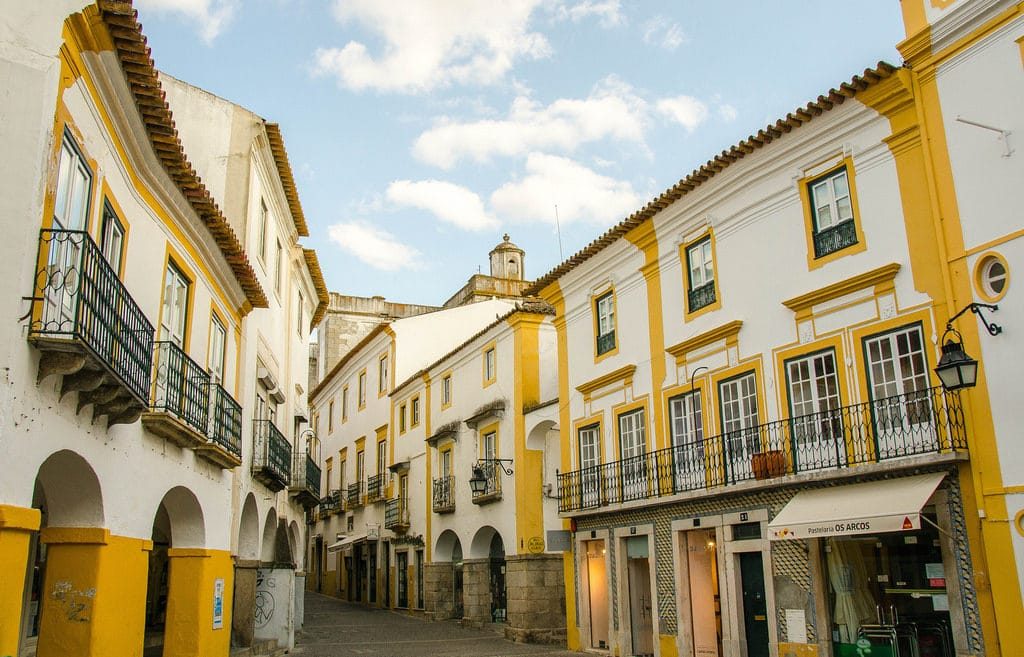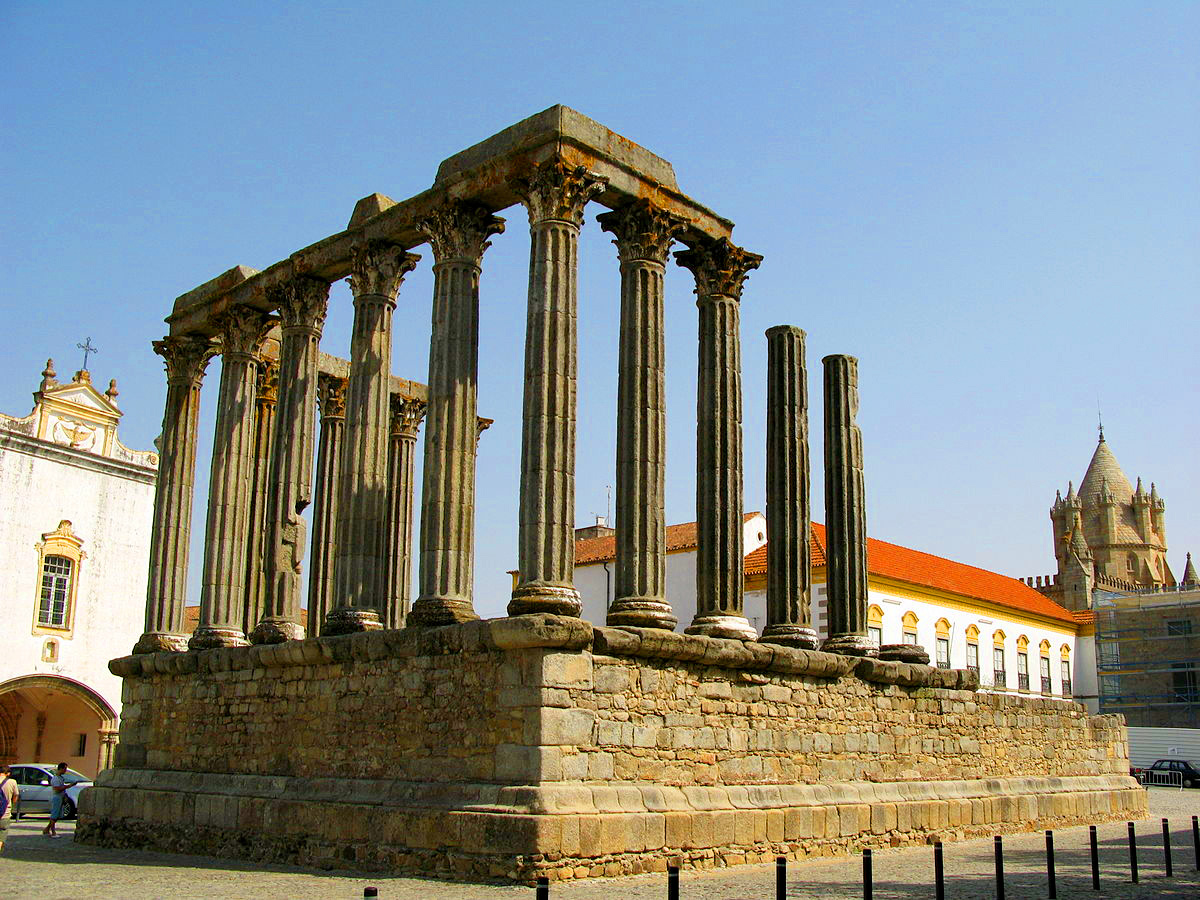Evora is a Portuguese city, capital of the District of Évora. In the region of Alentejo and sub-region of Central Alentejo. Evora is the only Portuguese city member of the Network of Older European Cities.
It is soothes of the fifth more extensive municipality of Portugal, with 1 307,08 km² of area and 56 596 inhabitants, subdivided into 12 parishes. The municipality is limited by the municipality of Arraiolos and by Estremoz. Also limited by the Redondo and Reguengos de Monsaraz, Portel and Viana do Alentejo. Very close to the west by Montemor-o-Novo. It is seat of district and of old diocese, being ecclesiastical metropolis (Archdiocese of Évora).
Its well-preserved historic center is one of the richest monuments in Portugal, worth the epithet of City-Museum. In 1986, the historic center of the city was declared a World Heritage Site by UNESCO.
It is known as the de facto capital of Alentejo.

Evora is a living museum, with a rich architectural and artistic heritage. So precise and transverse to the time, from the Roman to the neoclassical, passing through the Portuguese and Portuguese Manueline, the Renaissance and the Baroque. All extremely well documented in a single place, Evora.
You can expect a rich cultural tour and gastronomy tasting in Evora.
The Roman Temple city`s ex-lbris, the Cathedral, the Saint Francis Church and the Chapel of Bones, clothed with skulls and bones of monks, a reflection of life (or death) “We bones here we are waiting for you, ” and Giraldo square among others, the human presence in a mixture of a contemporary city, with a lot of culture, that reinvents itself without losing its cultural heritage.
